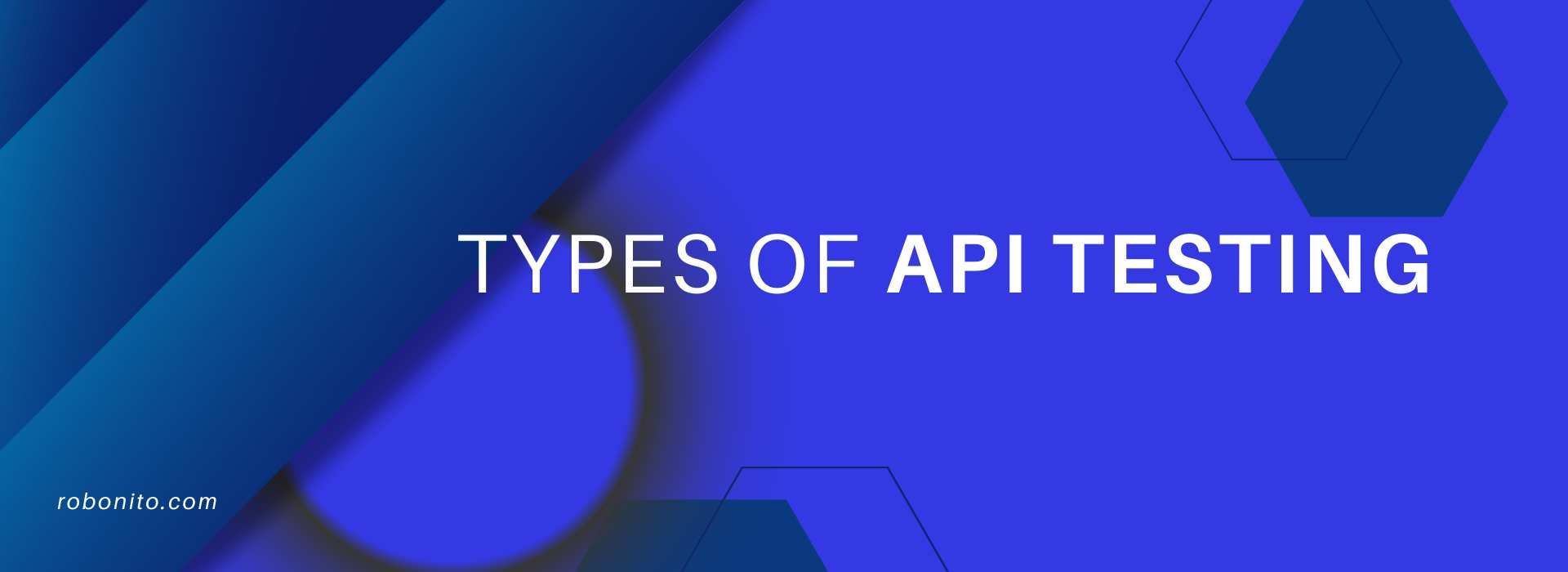APIs have evolved into a critical component of the technology ecosystem, playing a central role in enabling communication between diverse systems. As technology advances, our dependence on API testing intensifies, making them an integral part of how applications and services interact.
Need for API Testing

API testing goes beyond executing a few test cases. It necessitates a comprehensive approach that begins in the early stages of development and persists until the production release. The emphasis extends not only to functional requirements but also to non-functional aspects, acknowledging the need for a thorough examination.
API Testing Definition
A. Early Stages of API Testing
Commencing API testing at the requirement stage is crucial. Testers scrutinize requirements from a unique perspective, searching for edge cases and potential system vulnerabilities. This approach ensures that the testing process is preemptive and robust.
B. Test Case Development
Once requirements gain stakeholder approval, testers embark on designing test cases, which are subsequently organized into test suites. Sanity checks are adapted to include new functionality, aligning with the risk and priority of the features.
C. Test Specification
Determining the expected results for all test cases and defining entry and exit criteria are integral steps in API testing. Entry criteria represent conditions for test readiness, while exit criteria signal the completion of a test. These criteria serve as guidelines for successful test execution.
D. Test Execution and Reporting
The test execution and reporting phase commences when all necessary documents are delivered, with detailed reports generated using test management tools. These reports provide insights into test results, including any encountered blocking issues that may have halted the testing process.
E. Test Automation Strategy
Implementing a robust test automation strategy is essential. Leveraging open-source tools like SoapUI, JMeter, Selenium, or Postman can significantly reduce costs and enhance testing efficiency. The advantages of test automation become particularly apparent in scenarios where repetitive tests are required.
Why API Testing Matters

A. Central Role of APIs
APIs operate at a central location in the internet's traffic flow. Failures in APIs can lead to service unavailability, disrupt processes, and even result in unauthorized data access. Recognizing the central role APIs play underscores the critical nature of API testing.
B. Overlooked Aspects of APIs
API testing extends beyond user-facing functionality. APIs often integrate with third-party services, emphasizing the need for data integrity. Unchecked input can lead to potential risks in code execution, highlighting the importance of thorough testing.
C. Advantages of API Testing
Early testing opportunities, cost-effectiveness, and smoother integrations are among the benefits of API testing. Well-tested APIs contribute significantly to the overall efficiency of the software development process.
Types of API Testing

A. Unit Testing and Integration Testing
Unit testing, conducted with every build, ensures the foundational integrity of the APIs. Integration testing is crucial for validating the seamless integration of various system components.
B. Performance Testing
Often overlooked, performance testing evaluates system behavior under different conditions, considering factors such as spikes in traffic and multiple concurrent processes.
C. Load Testing
Similar to performance testing, load testing focuses on emulating steady streams of traffic to identify potential issues like memory leaks over prolonged usage.
D. Runtime Error Detection
Runtime error detection involves continuous monitoring during testing, ensuring prompt reporting of defects as they occur during API operation.
E. Security Testing
Critical for safeguarding against unauthorized access, security testing focuses on entry points, data flow, and residual APIs that may pose security risks.
F. Interoperability Testing
Ensures compatibility with third-party software and different versions of the software. Identifies potential issues arising from API interactions.
G. Fuzz Testing
Fuzz testing involves sending random data to API endpoints to identify unexpected behaviors. Its structured or ad-hoc implementation is based on a thorough risk analysis.
H. Validation Testing
Validation testing ensures that the software meets business requirements. It involves evaluating test execution results against the predetermined test plan.
Methods: Manual Testing Vs Automated Testing
A. Automated Testing
While automated testing requires an initial investment in creation and maintenance, its benefits include cost-effectiveness for repetitive test scenarios and integration into build pipelines for early error detection.
B. Advantages of Automated API Testing
Automated API testing allows for the quick creation of test scenarios, reduces manual testing efforts, and facilitates inclusion in build pipelines for efficient and timely testing.
How to Get Started With API Testing
A. Define API Requirements
The definition of API requirements requires open communication among stakeholders, addressing tough questions to ensure comprehensive and accurate requirements.
B. Setup Testing Environment
Creating a testing environment representative of production is crucial for accurate testing. Static API testing involves reviewing documentation before execution.
C. Proof Of Concept
Executing a single API call before deep testing serves as a proof of concept, providing initial validation of API functionality.
D. Plan for Comprehensive Testing
Identification of functional tests beyond the initial planning phase and consideration of various testing levels. Development of stubs and drivers expedites testing.
E. Integration with Full Environment
End-to-end testing scenarios help analyze test execution results and conduct a risk assessment for any failed features.
F. User Acceptance Testing (UAT)
Approval for production occurs after satisfying requirements. Additional fixes may be implemented after UAT, followed by retesting.
G. Production Release and Follow-Up
A sanity check precedes a widespread production release. Follow-up involves log analysis and monitoring of service desk instances.
Conclusion
Comprehensive API testing ensures the robustness and reliability of APIs, facilitates early error detection, proves cost-effective, and supports seamless integrations, contributing to overall system stability. A well-executed API testing strategy is essential for delivering reliable and high-performance software solutions in the ever-evolving technological landscape.
